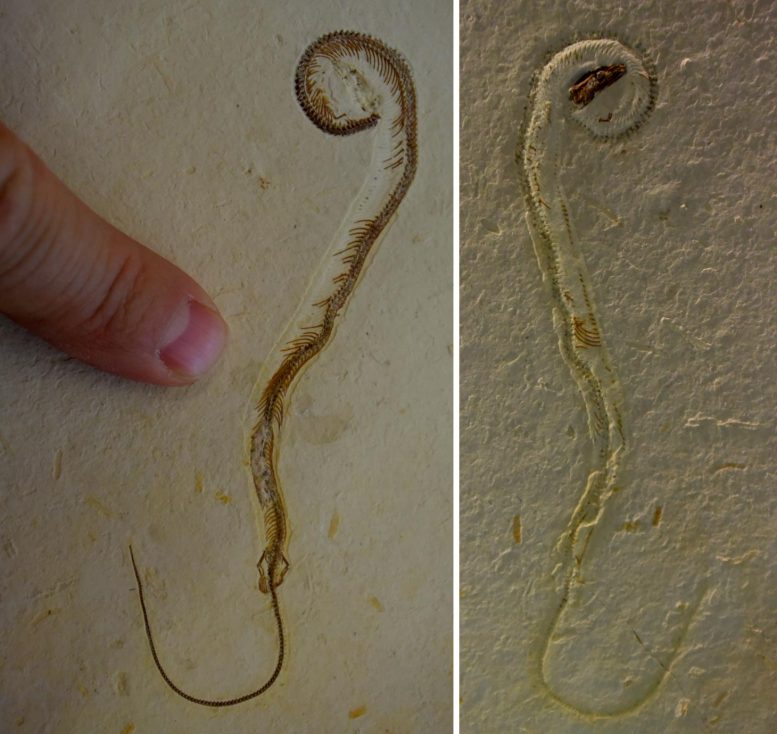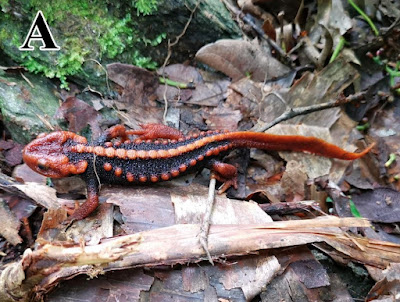The systematics of Rhabdophis subminiatus (Schlegel, 1837) at subspecies level has long proved to be controversial. We analyse the variation of selected morphological characters in 179 specimens from populations covering the whole range of R. subminiatus sensu lato. Based on this review, we recognize four morphological groups, of which two do not agree with the current definitions and distributions of the currently recognized subspecies R. s. subminiatus. Leer más.





Herein, we provided a morphological description combined with a phylogenetic analysis of the northernmost Thai Tylototriton population, which was found in Doi Pha Hom Pok National Park (DPHPNP), Chiang Mai Province, northern Thailand. Leer más.
Tras más de diez años de seguimiento y manejo de las poblaciones de esta especie en el municipio de Vitoria-Gasteiz, se ha redactado un plan local de conservación de la misma. Leer más.

Filling in the links of the evolutionary chain with a fossil record of a ‘‘snake with four legs” connecting lizards and early snakes would be a dream come true for paleontologists. But a specimen formerly thought to fit the bill is not the missing piece of the puzzle, according to a new Journal of Systematic Palaeontology study led by University of Alberta paleontologist Michael Caldwell. Leer más.










